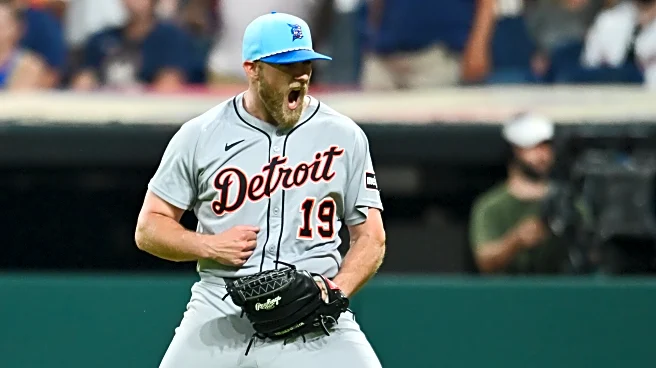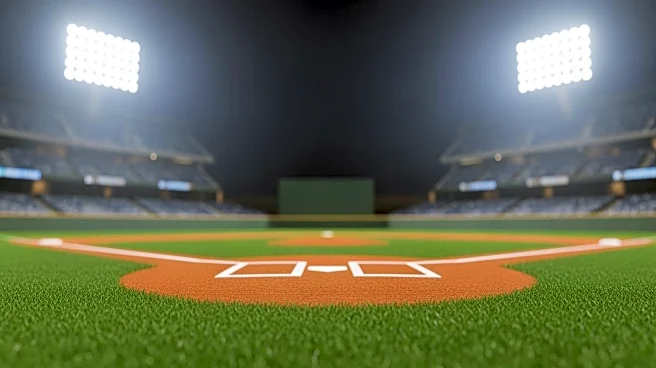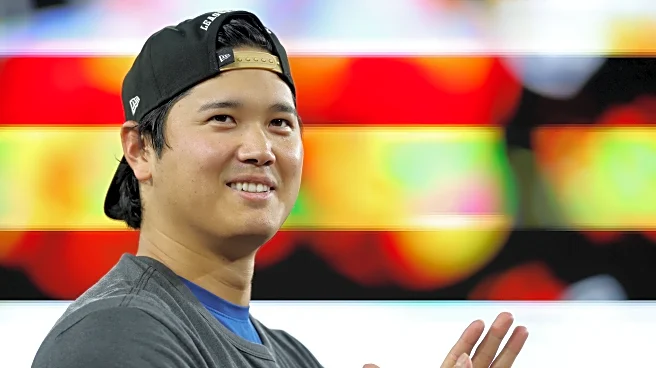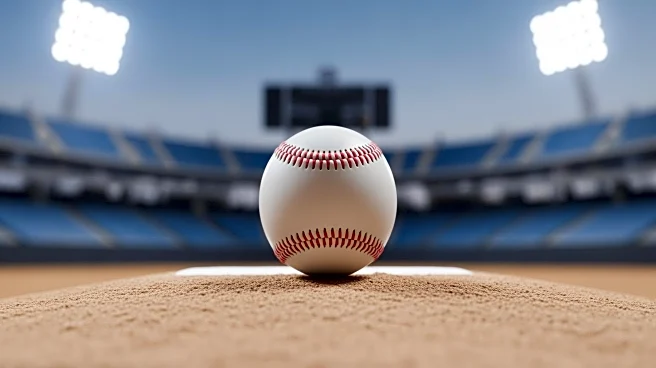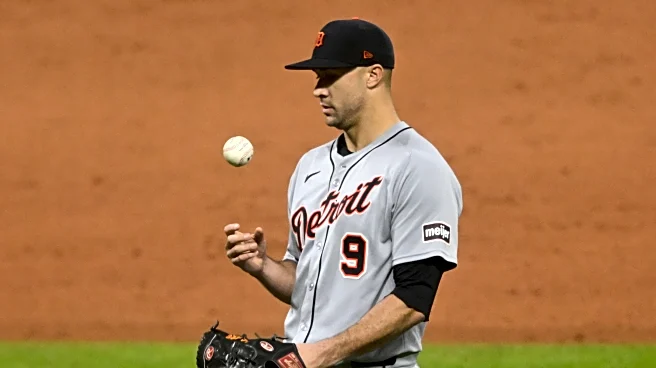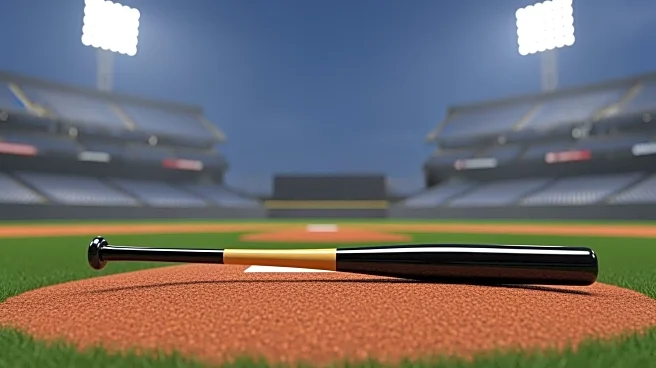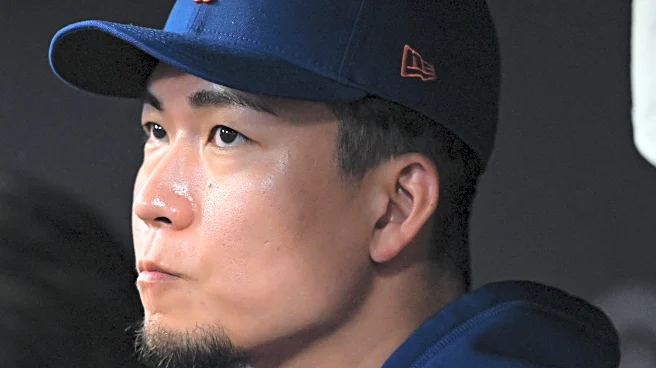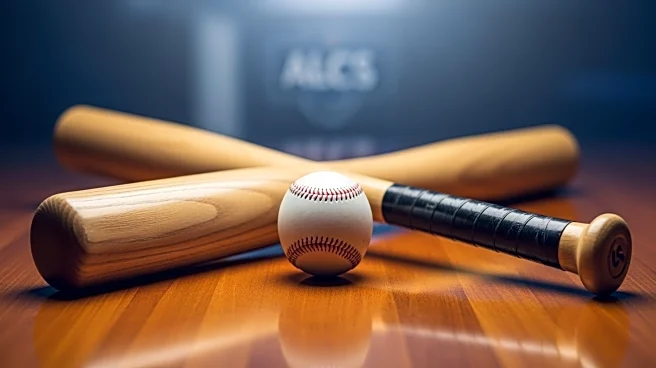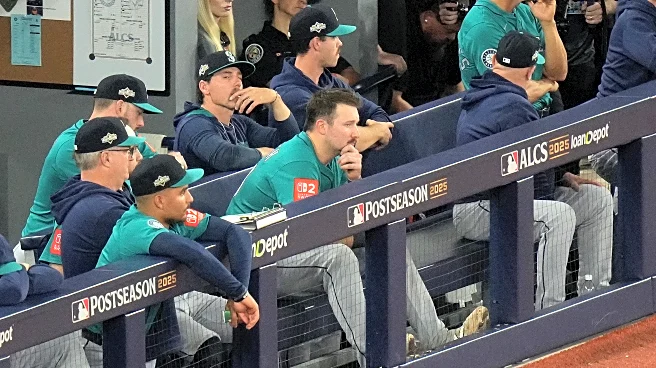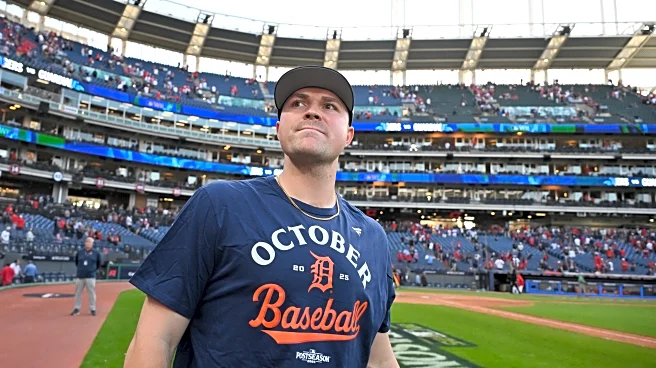No Detroit Tiger broke out on the national stage this postseason as much as their closer, Will Vest. Tarik Skubal is a known star after his dominant, Cy Young-winning 2024 campaign, Kerry Carpenter’s ascent thanks in part to Aaron Judge’s hitting coach has been well covered, and everyone knew Javy Baez already. Meanwhile, the “pitching chaos” closer flew a bit under the radar despite utterly dominating his opponents.
And I do mean dominating. Vest threw 8 innings, allowed 2 hits, 1 hit by pitch, 0
walks, 9 strikeouts and 0 runs.
Wow.
No pitcher has, so far, thrown this many innings with an ERA of 0.00, and only one – Andres Munoz of the Seattle Mariners – is still playing with a chance to catch him. When AJ Hinch needed a shutdown inning, out came Vest to deliver. Like this, my personal favorite.
Of course, that came as very little surprise to Tigers fans who saw Vest level up this year. Since coming back to Detroit from Seattle after they picked him in the 2020 Rule 5 draft – thanks, Seattle! – Vest has worked his way up Hinch’s totem pole step by step. He started as a low and medium leverage man behind Gregory Soto or Alex Lange, then became the main high-leverage arm while Jason Foley closed last year. Frequently, Vest was the fireman who racked up important outs rather than saves. However, late in 2024 right around the time of the Tigers victory over the Yankees in the Little League Classic, Vest reached a new level and seized the top spot as Foley faded. This year, he started off as the primary closer, insofar as Hinch has one, and did everything he could to stay there.
In 2024, Vest’s main trick was a killer fastball that nobody could square up. He threw it hard, but with very generic movement, and it hardly seemed to matter since his fastball was one of the best in baseball last year. Vest’s delivery does produce some chaos and deception to hitters which seems to help the fastball play up. His main issue was a lackluster slider which strongly limited his strikeout potential. His 2024 stats were fine: 2.82 ERA, 21.8% K rate, 6.2% BB rate, and 1.2 fWAR in 70.1 innings. That fWAR ranked 34th amongst all relievers with arms like Carlos Estevez or Clay Holmes. Is that a bit underwhelming considering he was the best returning member of this bullpen? Maybe, but it’s still a very successful campaign, and any good 2025 Tigers bullpen would welcome that production.
Rather than rest on that, though, our very own Will “Safety” Vest made some meaningful changes and turned things up a notch. The stats bear that out: a 3.01 ERA, 26.4% K rate, 7.7% BB rate and 1.8 fWAR over 68.2 innings put him 12th in reliever fWAR, a big jump up from 34th. A huge increase in strikeouts more than offset a bit of sequencing bad luck, and he again worked into more than a third of Detroit’s games.
As always, it’s time to investigate what changed behind the scenes. Physically, he raised his arm angle from 46 degrees up to 52, which isn’t super obvious to the naked eye, but can make an impact on things like pitch shape and command. Wouldn’t you know it, both his pitch shapes and his command changed from 2024 to 2025, resulting in a weaponized slider and a still-strong fastball. Raising his arm angle exchanged some run for ride, creating a more vertical fastball, while his slider actually moved less in both directions than it did last year. Somehow, though, a slider that moved less cut its wOBA against from .397 (very bad!) to .247 (very good) and nearly doubled its whiff rate and put-away rates.
Normally, this would be the time to describe something like pitch sequencing, or maybe how the complex interplay of pitch shapes in an arsenal means there is no one, objectively better pitch shape, so less is sometimes better. That’s all true, and likely is relevant, but I’ll let two pictures speak for themselves.
Let’s compare heatmaps for his 2024 slider and 2025.
Yeah, manifesting pinpoint slider command over the winter helps. Seriously, that is an absurd difference in precision. Whether it was a matter of improved feel from his new arm angle or the slightly reduced movement kept things more consistent, Vest’s slider location was on another level in 2025. Pounding that corner puts hitters in a consistent no-win situation, as it’s nearly impossible to hit that pitch, even harder to keep it fair if you do, and, it’s often going to be called a strike anyways if you take it. When they did swing in true chase counts, he might have sent them fishing as his slider disappears into the dirt. That’s art, right there.
Moving forward, things are a bit tricky to predict. Command is notorious for coming and going, so it isn’t quite safe to assume Vest has this robotic precision locked in forever. There are a few things going for him, though: firstly, the floor is really high. Even if 2025 is Vest’s highwater mark for command, his 2024 stats are still very solid. More importantly, the raw physical change to his arm angle serves as a catalyst for this change. It’s a lot easier to trust the stability of the results, since there seems to be an intentional change upstream causing all of it.
As the Tigers look to build out a new, playoff-caliber bullpen, Vest is going to need a lot of help. Kyle Finnegan, Tommy Kahnle, and Rafael Montero are all free agents, while mainstays like Tyler Holton struggled as well after a heavy workload the past three seasons. Thankfully, for the first time in a long time, they finally have an anchor in Will Vest to build around.
